Description
Deck Wood Alternatives
Eco-Friendly Decking Materials: An Overview
In recent years, there has been a growing interest in sustainable building practices. One area where this trend is particularly evident is in the construction of decks. Traditional wood decks have long been a popular choice for homeowners due to their natural beauty and durability. However, concerns over deforestation and the need for regular maintenance have led many to seek out eco-friendly alternatives. In this article, we will explore some of these alternatives, including bamboo, recycled plastic, and composite decking. We’ll discuss their benefits, installation processes, maintenance requirements, and cost comparisons with traditional wood.
Bamboo: A Sustainable Choice
Bamboo is often touted as one of the most sustainable materials for decking. It grows quickly and does not require replanting after harvesting, making it an excellent renewable resource. Bamboo decks are also known for their strength and durability, similar to hardwoods but with less environmental impact. The installation process for bamboo decks is similar to that of traditional wood, though specific techniques may vary depending on the type of bamboo used. Maintenance-wise, bamboo requires periodic sealing to protect against moisture and UV damage, which can be a drawback compared to other alternatives.
Recycled Plastic: Turning Waste into Beauty
Recycled plastic decking offers a unique solution by repurposing materials that would otherwise end up in landfills. This material is made from a mix of high-density polyethylene (HDPE) and low-density polyethylene (LDPE), commonly sourced from milk jugs, detergent bottles, and other household plastics. Recycled plastic decks are highly resistant to moisture, insects, and rot, requiring minimal maintenance. Installation is straightforward, though it may require special tools to cut and drill through the material. While the upfront cost can be higher than traditional wood, the longevity and reduced maintenance needs make it a cost-effective option in the long run.
Composite Decking: Combining Strength and Sustainability
Composite decking combines wood fibers with plastic resins, creating a material that is both strong and durable while being more environmentally friendly than traditional wood. This blend results in a product that is resistant to moisture, insects, and decay, significantly reducing maintenance needs. Composite decks can be installed using similar methods to traditional wood, although the weight of the material may require additional support during installation. Despite the higher initial cost, the longevity and low-maintenance nature of composite decks often make them a worthwhile investment.
Cost Comparisons and Installation Considerations
When comparing costs, traditional wood remains the most economical option upfront. However, the added durability and reduced maintenance of bamboo, recycled plastic, and composite decking can result in lower overall costs over time. For instance, while the initial cost of composite decking might be higher, its resistance to weathering and pests can lead to significant savings in maintenance and replacement costs over the lifespan of the deck.
Maintenance Requirements
Maintenance requirements vary among the different materials. Traditional wood decks require regular sealing and staining to prevent warping and rotting. Bamboo decks also benefit from periodic sealing, while recycled plastic and composite decks typically require the least amount of maintenance, needing only occasional cleaning.
Conclusion
Choosing the right deck material involves balancing aesthetic preferences, budget constraints, and environmental considerations. Eco-friendly options like bamboo, recycled plastic, and composite decking offer sustainable alternatives that can reduce the ecological footprint of your outdoor living space while providing long-lasting enjoyment.
Reference
This Old House – Eco-Friendly Deck Materials
Baoding Plastroy WPC Products
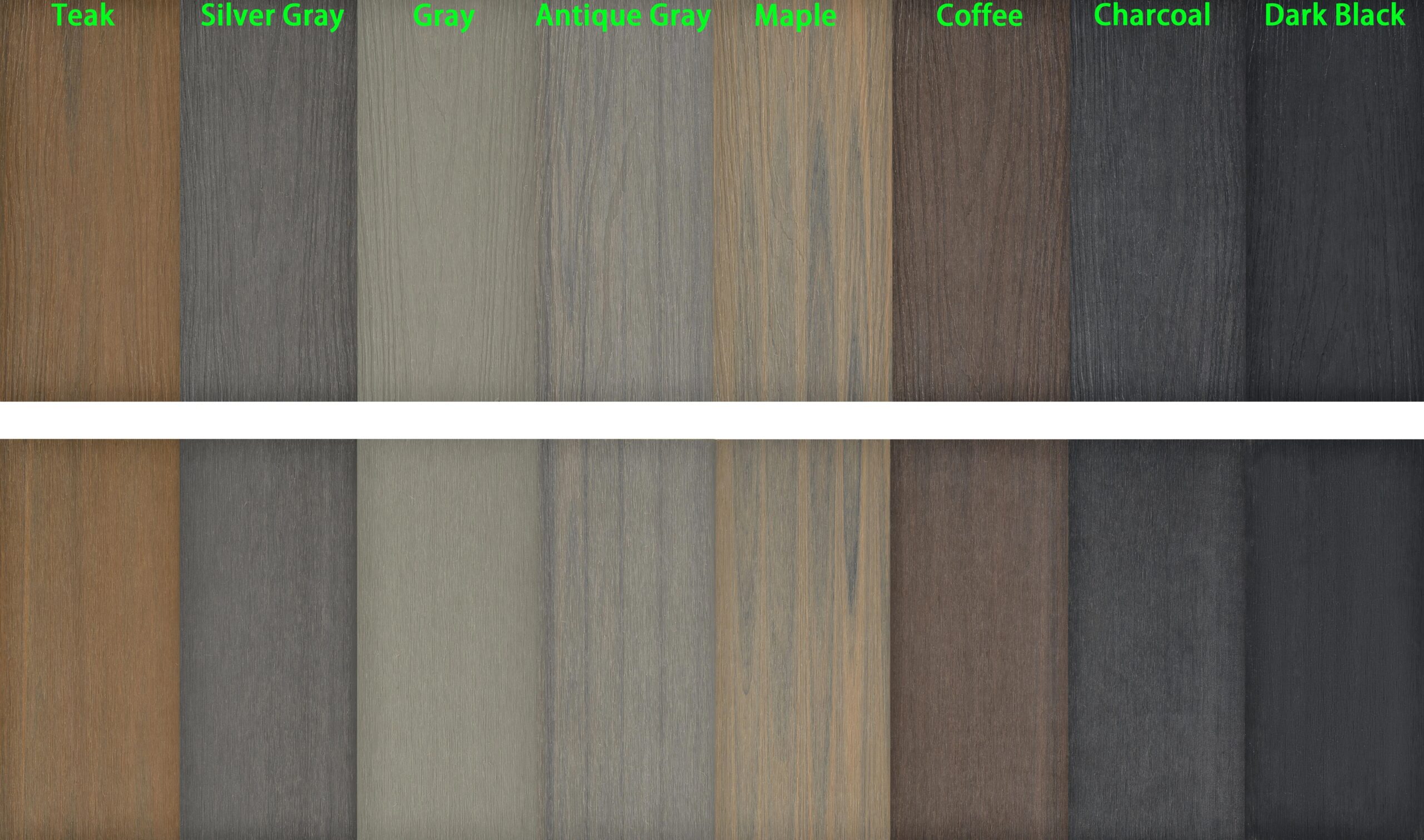
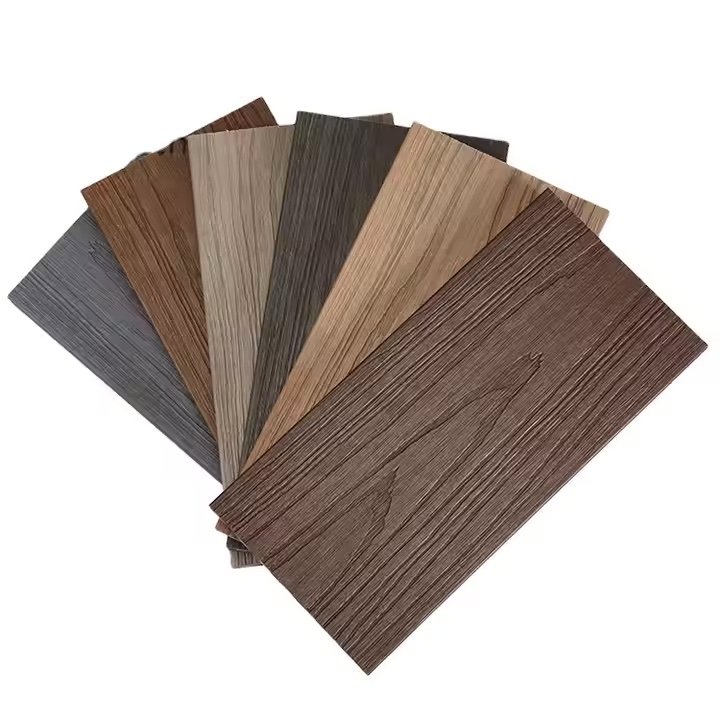
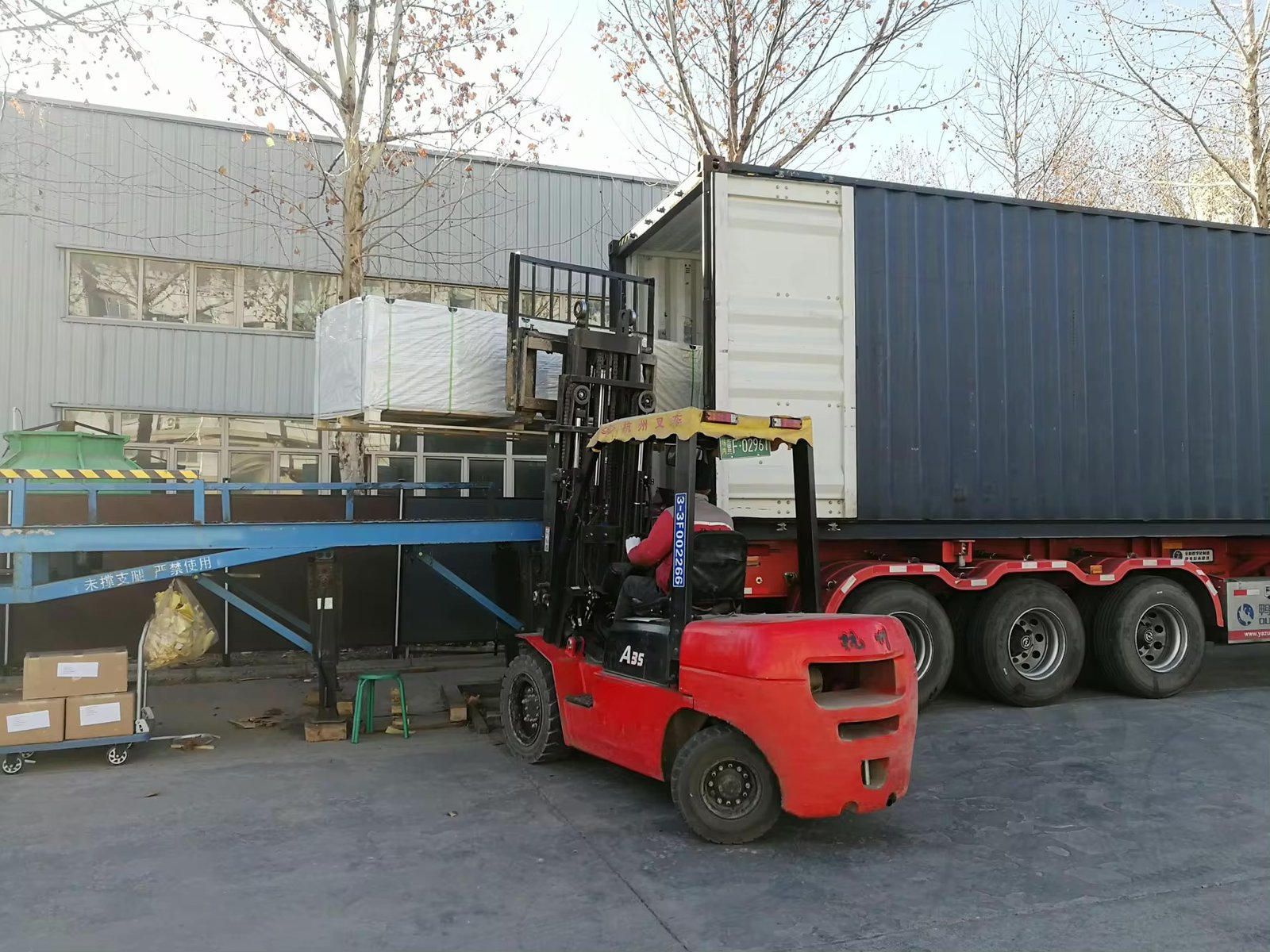
Why Choose Plastory?
Baoding Plastory New Materials Co., Ltd. is a manufacturer of decorative materials with over 9 years of experience and 56 separate production lines.
Currently, our annual production exceeds 30,000 tons, with products exported to more than 50 countries worldwide.
Plastory is the drafting unit of the WPC National Standards and has obtained certifications such as REACH, ASTM, CE, and FSC. Plastory is dedicated to maintaining consistent quality, focusing on details, and prioritizing customer satisfaction.
Our factory is located in Baoding, Hebei Province, China, with a prime location and convenient transportation access. Baoding is approximately a 1.5-hour drive from Beijing Capital International Airport and just 2 hours away from Tianjin Port, making it easy for global clients to visit and facilitating efficient shipping of goods. Our facility spans a large area, equipped with advanced production equipment and modern testing facilities to ensure that every batch of products meets the highest quality standards.
We warmly welcome clients from around the world to visit our factory, where you can see our production processes firsthand and experience our product quality. Please feel free to reach out to us—we are committed to providing you with the best products and services.
Kindly get in touch with us to request a product catalogue.

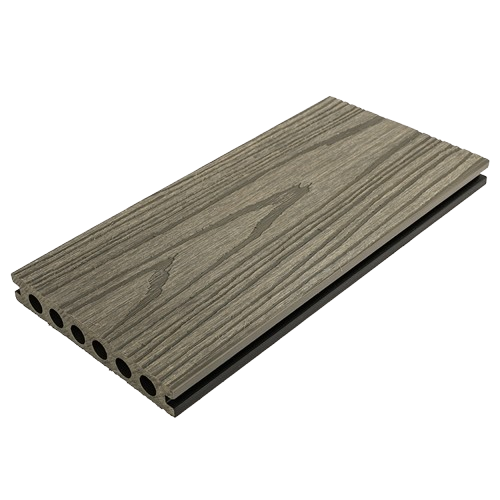
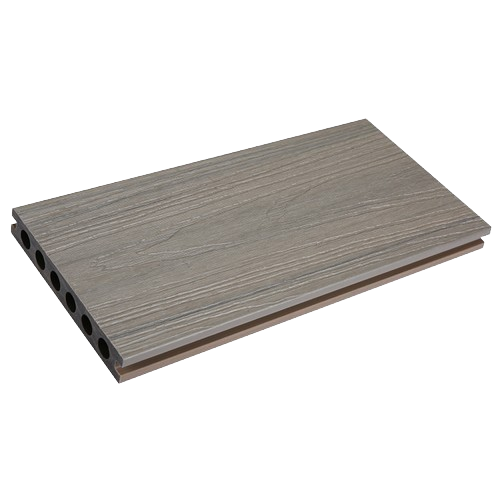
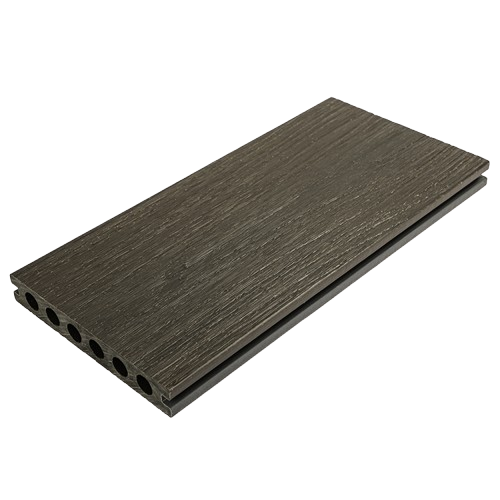

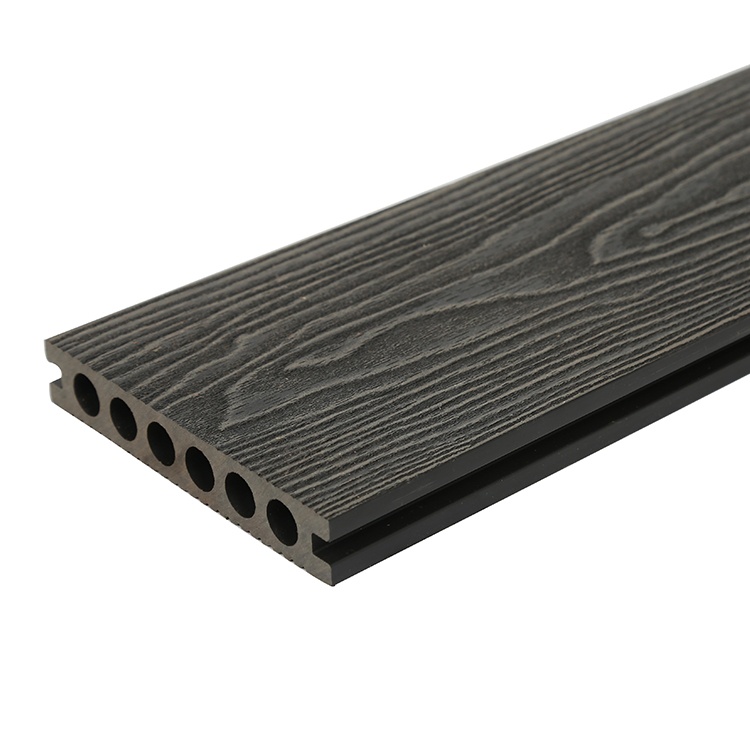


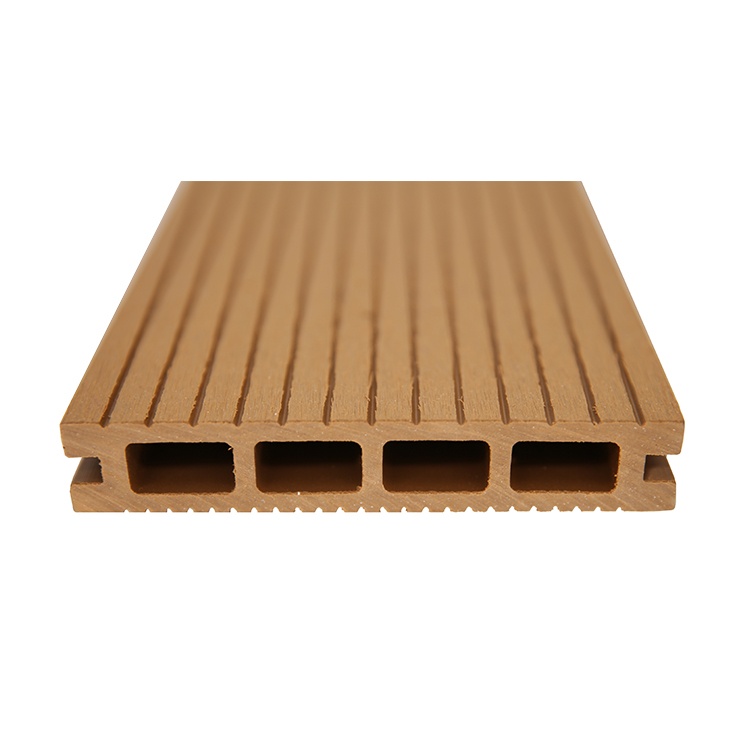
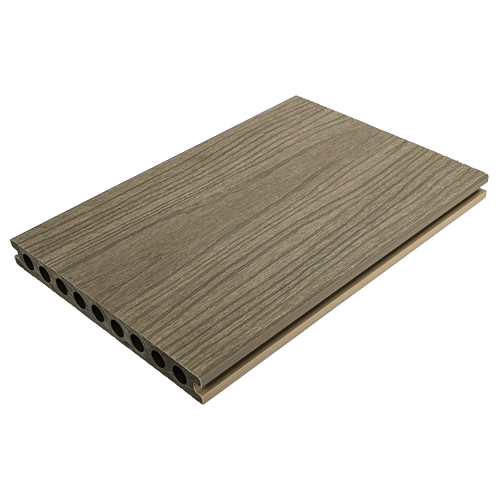
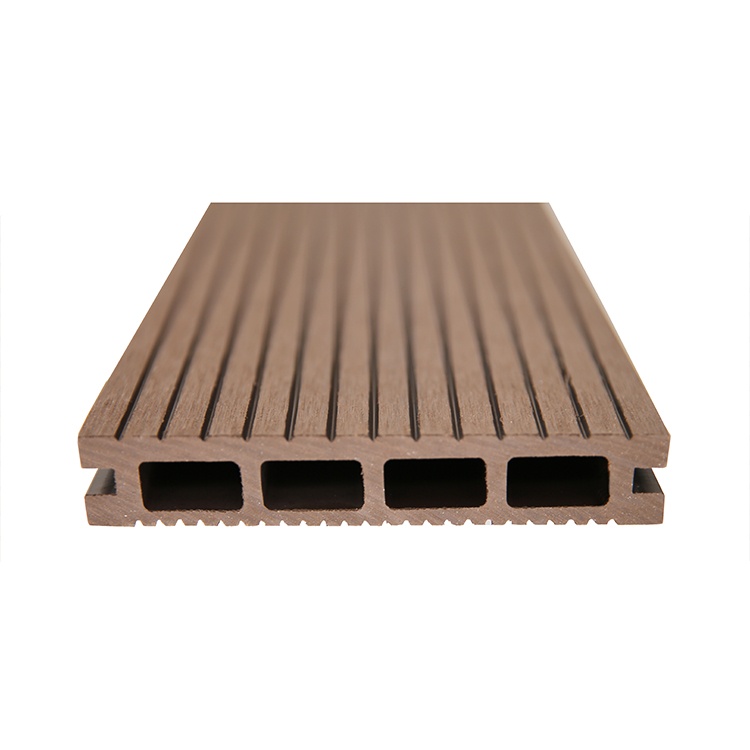
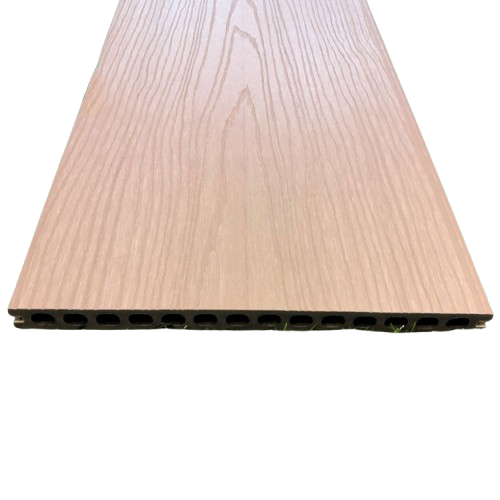
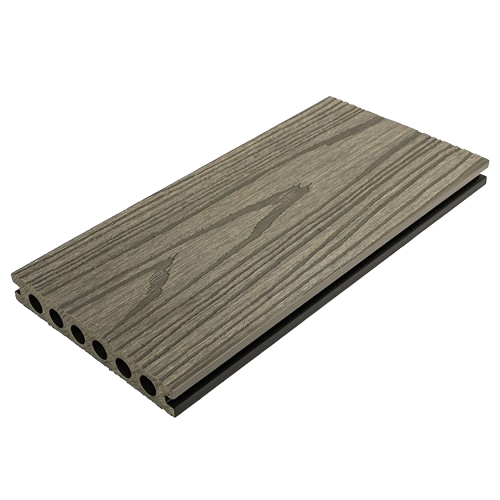
Reviews
There are no reviews yet.